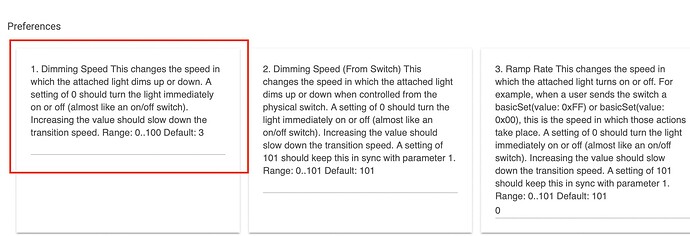Oops missed that last bit sorry!
Because it adds unnecessary complexity and increases the odds of failure. In the scenario you wish, there would have to be a second solenoid that moves the position of the paddle or toggle to match the status of the relay.
Further, it removes the possibility of using switches as button controllers - for single/multiple tap operation.
The internal electronics and relay of the switch has to be powered by some mechanism. The cleanest method is using a neutral. Leaking current to the load is a less desirable method of achieving the same goal.
Probably not. Perhaps there’s a technical reason why they’re not widely available?
Have you looked at Inovelli (inovelli.com)? They have supply constraints, so actually getting one may be a problem but don't require a neutral...
Adds unnecessary complexity? Lmfao a smart home system is in itself unnecessary complexity. None of it is necessary.
Yep, a solenoid or simple tiny little electromagnet so it can control the position of the physical switch. Exactly what is needed.
It doesn't remove the ability to use button switches. Want a button switch? Buy one. Want what I want? Then buy that. Different options for different wants/needs.
It boggles my mind that these manufacturers haven't figured out how to get electricity to the internal smart components without leaking to the load. This isn't rocket science.
It seems to me they're just lazy and stuck in old ways of thinking.
There's this:
Not sure when it's coming out though.. and yes it's a relay but is probably the closest thing you can get right now.
That's not a physical switch. It's an in wall hidden relay.
Yes. Smart switches/dimmers (outside of Lutron's offerings) have a higher failure rate than regular switches. Just based on posts here alone.
Adding a second solenoid adds another potential point of failure.
Well, that's a choice you've made. So you either have to work with the available offerings, or convince a manufacturer to make what you need. ![]()
Although I will add that Lutron's Caséta line addresses this concern very nicely. By removing a paddle that returns to a central position. Instead separate buttons are used for on/off (and up/down in the dimmers).
Their on/off switch requires a neutral.
Also, it returns to a central position.
And purchasing a switch that has things I want but means extra complexity is a decision I can make for myself too. Your objections are silly and not helpful.
To be clear, I've no objections to what you want. I'm telling you what is available on the market. If what's on there doesn't meet your needs, there's nothing I or anyone else here can do about it.
Yeah - but the dimmer (which does not require a neutral) can be "configured" to act like an on/off switch
It may be a moot point since they have no availability.
EDIT: That is how I have mine configured (See Preference 3)
There isn't a physical space for a solenoid. If you have ever opened these up, they are quite literally packed to the gills with stuff.
They have, it is called "you need a neutral". Electricity can't happen without a potential difference. In plain English, that means you need a hot and a lower "pressure" path for the electrons to return back. In our electrical grid system, that is called the neutral. The other option is to cheat and find another lower voltage path back via the load side of things when the load is off.
You could do a battery powered switch, but that would require changing batteries, or again having a hot and neutral to charge the batteries. If you could find a way to make electricity without a neutral or ground, you would be very rich.
That seems like an unlikely explanation to me…
There are some technical reasons like the lack of space for the actuator, but most likely because the way that we do it is cheapest and easiest and there is quite literally no demand to build a special switch like this.
They barely sell toggles, and now we want a self-actuating toggle that cost more than a normal one? No business case for that. Most people with a smart home want a more modern paddle (Decora style) than the old-fashion toggle. I do have some toggles in my house, so I am not picking on those. But a majority of the sales are paddle, judging by who makes what and how many models of each are available.
My understanding is the units that can function without neutral are all dimmers. The reason is part technical and part philosophical.
A no neutral dimmer runs a current through the load when the dimmer is "off". This current is so low the light cannot be seen.
An ON/OFF switch implies when OFF there is no connection to the load. Hence no opportunity to steal power.
"it's unnecessary complexity" is an unhelpful objection. You're telling me why I shouldn't want what I want. Please stop.
You have misinterpreted what I wrote. You can desire all the complexity you want. And again, you'll need to convince one or more manufacturers that the sophistication you need is widely desired - that's the only opinion that matters.
I don’t think anyone’s telling you what to think, or suggesting your preferences are somehow invalid.
But you seem resistant to the notion that there could be technical and/or economic factors that have made devices with these specific features not widely available (or not available at all).


